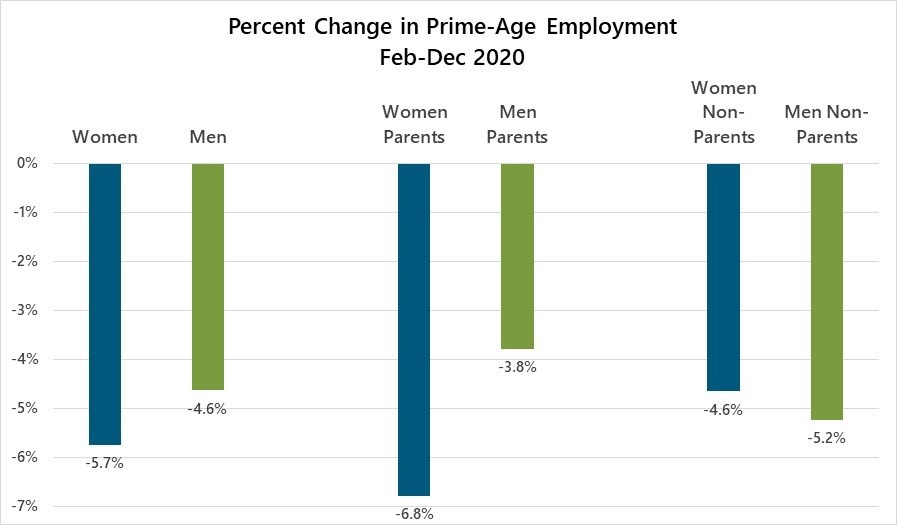
NATO Leaders Convene in The Hague to Discuss Defence Spending Increase
Meeting Overview
On Tuesday and Wednesday, 24-25 June, leaders of NATO member states gathered in The Hague to deliberate on defence spending commitments. The primary agenda item was the proposal to raise the defence spending target to 5% of each country’s Gross Domestic Product (GDP).
Defence Spending Targets and Exceptions
- Most NATO members are expected to agree to the increased target of 5% GDP for defence spending.
- Spain is seeking flexibility and an opt-out from this new spending requirement.
Leadership and Communication
NATO Chief Mark Rutte, former Prime Minister of the Netherlands, communicated the proposal and expectations in a formal letter to member states ahead of the meeting.
Emphasis on Sustainable Development Goals (SDGs)
Alignment with SDG 16: Peace, Justice, and Strong Institutions
The decision to increase defence spending among NATO countries directly supports SDG 16, which aims to promote peaceful and inclusive societies. Strengthening defence capabilities contributes to regional and global stability, reducing the risks of conflict and fostering justice and strong institutions.
Considerations for SDG 8: Decent Work and Economic Growth
Allocating up to 5% of GDP to defence spending has significant economic implications. It is essential that such investments are managed sustainably to support SDG 8, which focuses on sustained economic growth and productive employment. Defence sector investments can stimulate job creation and technological innovation if aligned with sustainable economic policies.
Balancing SDG 10: Reduced Inequalities and SDG 1: No Poverty
While increasing defence budgets, NATO members must consider the impact on social spending to avoid exacerbating inequalities (SDG 10) and poverty (SDG 1). Ensuring that defence expenditure does not detract from social development budgets is critical for holistic sustainable development.
Recommendations for Sustainable Defence Spending
- Integrate environmental sustainability into defence procurement and operations to support SDG 13 (Climate Action).
- Promote transparency and accountability in defence budgets to strengthen institutions (SDG 16).
- Encourage innovation in defence technologies that can have dual-use applications benefiting civilian sectors.
- Ensure that increased defence spending complements, rather than competes with, investments in social infrastructure and human development.
1. Sustainable Development Goals (SDGs) Addressed or Connected to the Issues Highlighted in the Article
- SDG 16: Peace, Justice and Strong Institutions
- The article discusses NATO leaders gathering to discuss defense spending, which relates to maintaining peace and security.
- SDG 17: Partnerships for the Goals
- The cooperation among NATO member states reflects international partnerships and collaboration.
- SDG 8: Decent Work and Economic Growth
- Raising defense spending to a percentage of GDP implicates economic policy and government expenditure priorities.
2. Specific Targets Under Those SDGs Identified Based on the Article’s Content
- SDG 16 – Target 16.1: Significantly reduce all forms of violence and related death rates everywhere.
- The article’s focus on defense spending aims at strengthening security and reducing conflict risks.
- SDG 17 – Target 17.16: Enhance the global partnership for sustainable development, complemented by multi-stakeholder partnerships.
- NATO as an intergovernmental military alliance exemplifies such partnerships.
- SDG 8 – Target 8.1: Sustain per capita economic growth in accordance with national circumstances.
- Adjusting defense spending as a share of GDP reflects economic growth management and fiscal policy.
3. Indicators Mentioned or Implied in the Article to Measure Progress Towards the Identified Targets
- Indicator for SDG 16.1: Number of conflict-related deaths per 100,000 population.
- While not explicitly mentioned, the increase in defense spending implies efforts to reduce conflict and violence.
- Indicator for SDG 17.16: Number of countries reporting progress in mutually agreed partnerships.
- NATO meetings and agreements serve as a measure of partnership effectiveness.
- Indicator for SDG 8.1: Annual growth rate of real GDP per capita.
- The article’s mention of defense spending as a percentage of GDP implies monitoring GDP growth and fiscal balance.
- Additional Indicator: Defense expenditure as a percentage of GDP.
- This is directly referenced in the article as the target to raise defense spending to 5% of GDP.
4. Table of SDGs, Targets, and Indicators
| SDGs | Targets | Indicators |
|---|---|---|
| SDG 16: Peace, Justice and Strong Institutions | 16.1: Significantly reduce all forms of violence and related death rates everywhere | Number of conflict-related deaths per 100,000 population |
| SDG 17: Partnerships for the Goals | 17.16: Enhance the global partnership for sustainable development, complemented by multi-stakeholder partnerships | Number of countries reporting progress in mutually agreed partnerships |
| SDG 8: Decent Work and Economic Growth | 8.1: Sustain per capita economic growth in accordance with national circumstances | Annual growth rate of real GDP per capita |
| SDG 8: Decent Work and Economic Growth | — (Implied fiscal target) | Defense expenditure as a percentage of GDP |
Source: euobserver.com







